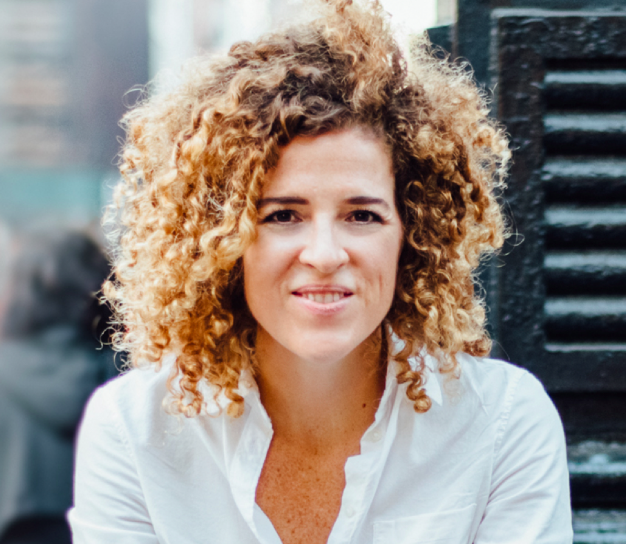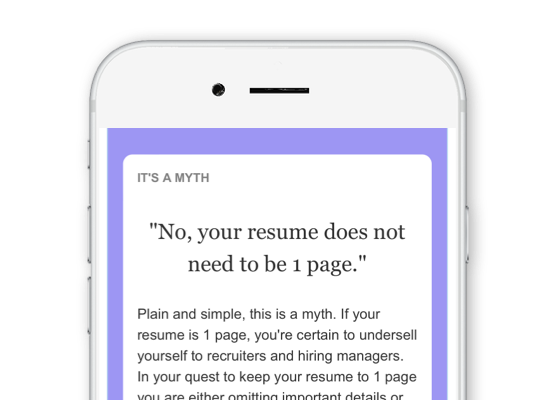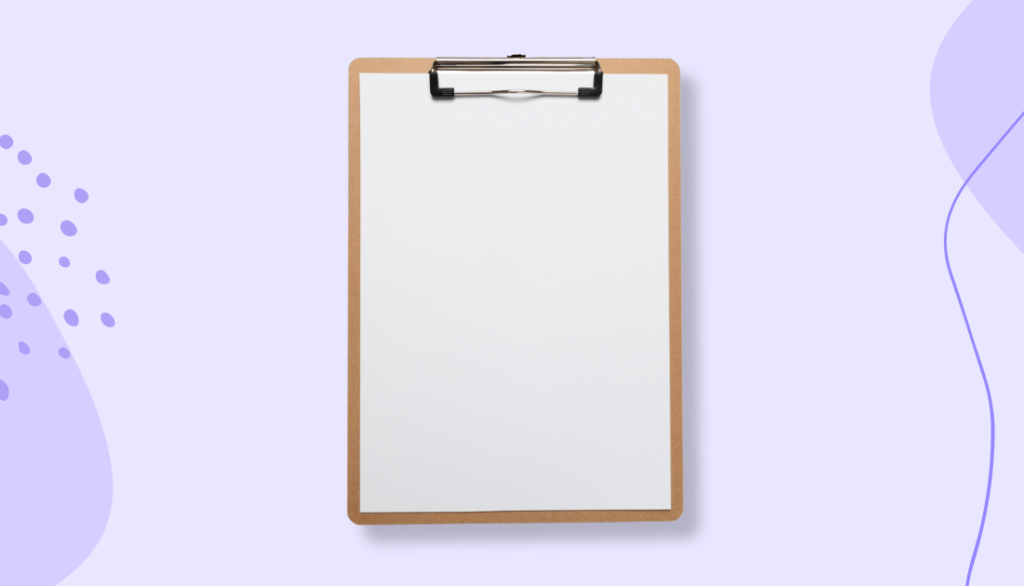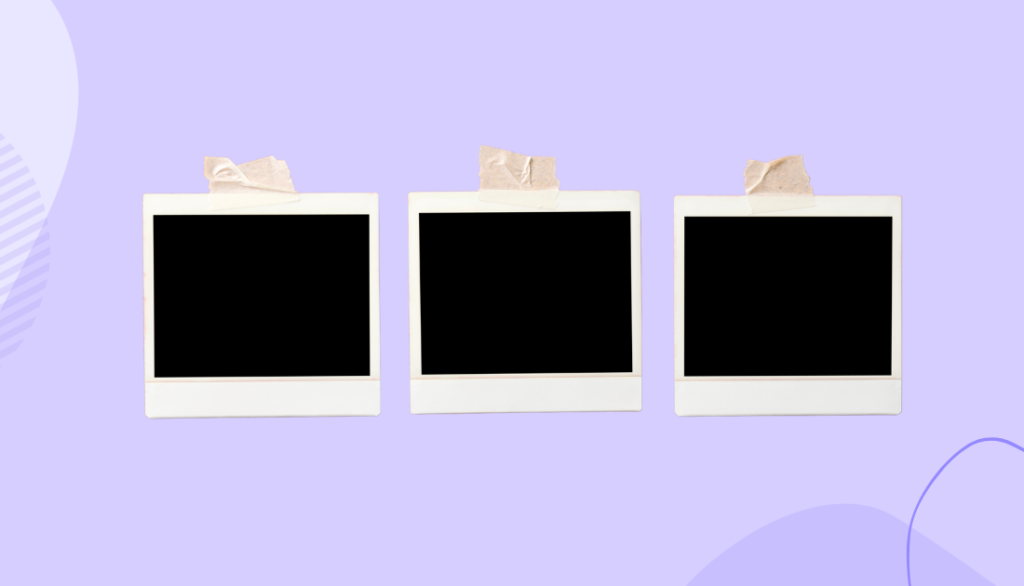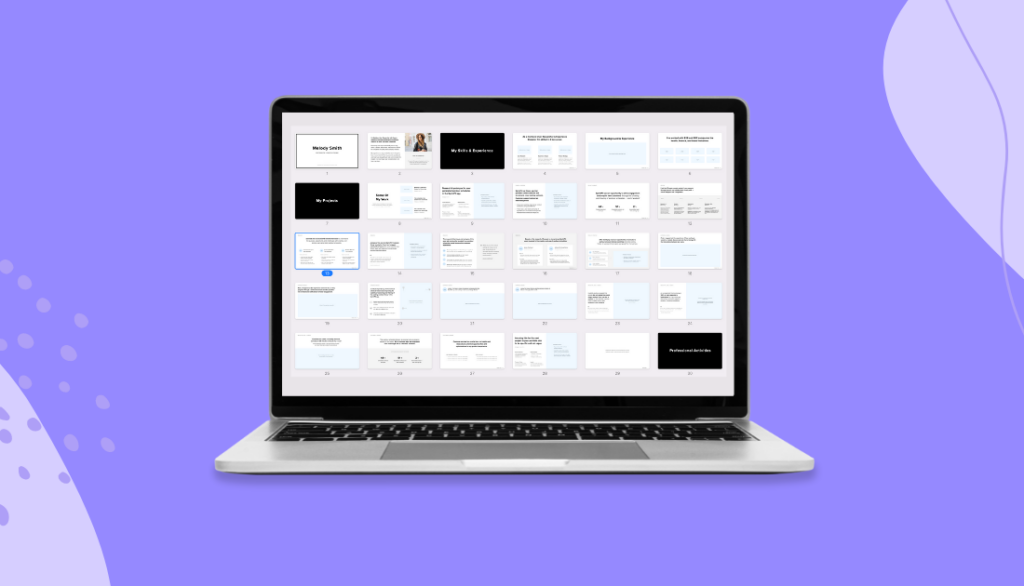17 min read
How to Find and Create Practice UX Projects to Expand Your UX Experience
11 min read
11 min read
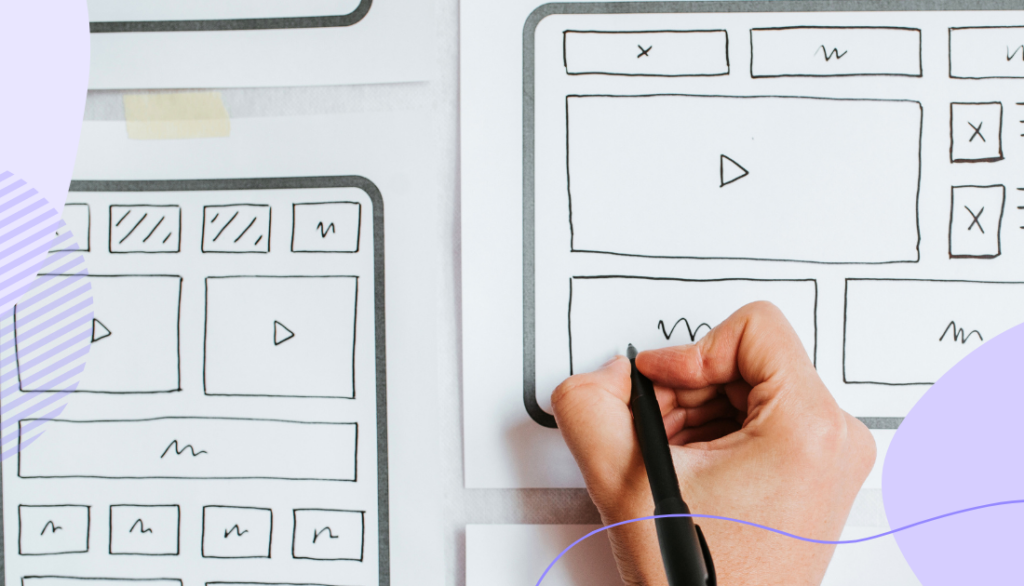
It’s a classic UX chicken and egg … “How do I create a UX portfolio if I don’t have any real-world projects yet? Finding UX project ideas is hard. But here’s the thing, being a great UX professional is not just about solving problems, it’s also about spotting problems. Train yourself to see problems that surround us every day and you’ll have a ton of real-world UX practice projects you could work on. Use the steps in this article to help you find, plan, and create amazing practice UX projects so you can showcase your skills and stand out to recruiters and hiring managers.
No matter what stage you’re at in your UX career, at some point you’ve had one of these thoughts:
“How do I get more UX experience if no one will hire me?”
“Is it true that recruiters look down on UX boot camp projects?”
“Should I do UX work for free to get experience?”
“I’m frustrated with daily UI challenges, they’re so surface-level. What else can I do?”
If you feel like trying to get your first, or next, UX role is a lot harder than you thought, then please know this one thing: you’re not alone. I’ve interviewed hundreds of UX professionals at all stages. A key skill of successful UX professionals, after all, is to be a prolific problem-solver. If you need more projects to expand your experience and skills then the solution is to go find more projects to work on! And it’s not as hard as you think.
Featured Resource
Get a UX case study template. It’s a Google Doc so you’ll be able to make a copy and then start writing your own case studies.
Problem: “I don’t have enough UX projects for my portfolio”
In the early 2000s I was working as a web designer at a large software company in Portland, Oregon. I did a bit of graphic and web design. One day I read the book, Information Architecture for the Worldwide Web, and realized I didn’t want to be making marketing event websites forever! UX was the perfect field for me because it was such a balance of left and right-brain thinking.
I had my eye on roles at Nike and Wieden+Kennedy—they had just started working on the Nike Plus running products, and it was my dream to work on them too! But, I had one big problem … I didn’t have much UX experience and I didn’t have many projects in my UX portfolio.
Therefore, my portfolio was not going to be competitive. Also, I hadn’t attended any UX boot camps—in fact, those didn’t exist back then. I’m self-taught, so I didn’t have projects from any education program to rely on. What I knew for sure was that my little static marketing/brochure websites and banner ads (yes, I used to design banner ads) for the software company would not help me get the job I wanted.
With the goal of finding more UX problems to solve, I set out to find problems. But I knew I didn’t just want to give facelifts to popular websites. I wanted to tackle problems that also integrated business problems because I knew that would make my portfolio stronger. So I headed out and did three things:
- I did freelance work, and I got paid. I told everyone I knew that I was available for freelance web design work. As a part of those projects, I simply baked in UX, whether they asked for it or not. At the time, that was mostly just user-flows and wireframes—I hadn’t learned to do research at the time. This resulted in doing work for a few startups in Silicon Valley and Los Angeles, all through word of mouth and my personal network.
- I became a problem-spotter. I started to obsessively document the problems I encountered in the everyday world. This helped train my “problem-spotter” muscle, but also generated a ton of problems for projects I could have set out to solve. I ended up writing about some of the problems I spotted, for example:
- I can’t stand texting and driving. It’s selfish and inconsiderate. I could complain more, but instead, I decided to think about how we might put an end to texting and driving.
- Back in 2016, it annoyed me that I couldn’t bookmark tweets. After a Twitter exchange with Jack Dorsey, I wrote an article about why Twitter should let us save or bookmark tweets.
- I entered design competitions. I know this can be considered free work, but here’s what I did. The online magazine Boxes and Arrows had a redesign competition (spoiler, I got second place). I decided to enter that competition because I thought:
- It was a chance to get more UX practice with a well-defined brief.
- It could get me more visibility in the industry.
- It allowed me to work on a content site, something I hadn’t done yet.
Now can you see how this problem of “I don’t have much experience in UX” isn’t as hard as you think? It breaks down into two parts:
- How do you find more UX projects? By now, hopefully, you have a few clear ideas of what you easily do in your everyday life.
- What do you do once you identify UX problems to solve? It’s one thing to identify problems to solve, it’s another to thoughtfully approach and work through that problem in way that represents the skills you want to highlight based on where you’re at in your UX career.
To help this make sense, let’s continue use an example of a problem I spotted. In 2013, my experience using the BART (San Francisco’s public transit system) ticket machines was very hard and complicated.
Step 1. Decide what you need to get out of the project
Before you start working on a UX practice project, clarify what skills and experience you want to showcase through this project.
If you’re a user researcher for example, and you want to showcase more research skills, then focus the project more on the research steps.
Every project in your UX portfolio does not need to showcase the entire UX process.
However, if you want to do experience design in the future, then maybe you would take the idea to a prototype phase. This step is crucial because it will help you focus the scope of what you do and develop a clear project plan.
Step 2. Make a plan and stick with it
You need to treat this UX project like a real project. By creating a project plan, you will have clear dates and deadlines for yourself—keeping the project on track.
Imagine this is for a real client. By creating a plan, you’ll reduce the risk that the project will drag on for months. This will help create the accountability and structure you need to actually finish the project.
Also, this will help identify the exact process steps, deliverables, and skills that this project will be able to showcase in your UX portfolio.
Step 3. Gather additional information about the problem
Even if you are not a researcher, you should still try to find more details about this problem or topic. In a real-world project with clients and stakeholders you’d have information on the business as well as business goals.
A reason that many UX practice projects are frowned upon is because they are not based on data. Even if you can’t go interview the stakeholders or get access to analytics, you can still make some assumptions.
The goal is to show recruiters and hiring managers that you thought about metrics and business data and didn’t just set out to create a prettier checkout experience or date picker.
How do you find this information? Well, start with Google. I might Google phrases like “The usability of train ticket machines,” or stumble upon this article in the Guardian about a study from the Office of Rail and Road in Britain.
Or, if this were an eCommerce related product, you could go read about the usability of eCommerce and extensive studies on the Baymard Institute website, whose focus is improving the online experience of eCommerce.
Step 4: Establish key hypotheses, assumptions, and goals
Yes, we know that these won’t be real. But by stating some parameters for the project, it helps recruiters and hiring managers have more confidence that you would do that on the job. Make the project reflect what you would do if was a real-life client.
“How might we decrease the time it takes for riders to purchase a ticket?”
“How might we decrease the number of phone calls to ticket support?”
(Download the free downloadable project plan template here.)
Step 5: Create a solution
The way you reach a solution will likely be different than how anyone else would. Why? Because as stated earlier, what you do for each project should help highlight your unique skills and experience. Do not feel like you have to go through all of these steps start-to-finish (eg. idea to working prototype) for every problem you solve.
I see too many designers do this, and it can actually end up hurting you. If you are a user researcher and are not good at experience design, what message does it send if you include your “attempt” at high-fidelity prototype?
As a user researcher, it’s okay if you are not good at experience design. Accept that and show your best research work. It’s a risk to show that interactive prototype if it is not very good—not to mention it’s a waste of your precious time.
Step 6: Document your work as you go
After you do this project, you’ll then need to write it up as a case study for your portfolio. To make that even easier you can use two helpful resources (and this also applies to every project you do in the future).
- Use this Career Project Diary template to document your process as you go (and read this article).
- Use this UX Case Study Template to write a more detailed version of what you did (and read this article)
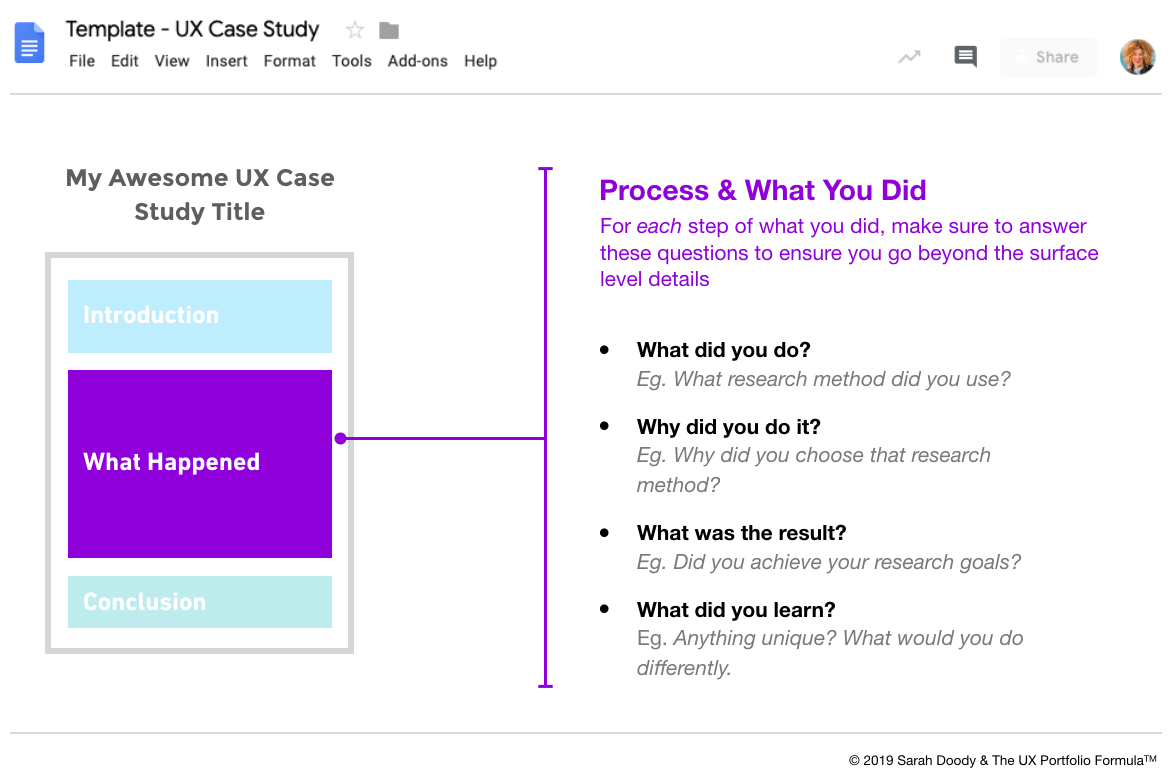
Practice projects alone won’t get you hired
UX practice projects are not a replacement for skills. If you were doing a home renovation and needed a designer to help you turn your “fixer-upper” into something liveable, which designer would you want?
- Designer A: This designer has an online portfolio of “fixer-uppers” that they’ve worked on over the past 3 years.
- Design B: This designer has never designed a real-life “fixer-upper”. They do have a portfolio, but the projects in the portfolio are all renderings of the before and after of a hypothetical “fixer-upper”.
If it were me, I would want Designer A because they’ve worked on real-life houses. So it proves to me that they don’t just have the vision and the skills to use the software to make renderings, they have also been through the design process. They know how to collaborate with general contractors and tradespeople like plumbers and electricians to solve the inevitable problems that might come up during the redesign process.
Designer B may have a great-looking portfolio, but I would be nervous that they might not understand all the details. For example, do they understand basic engineering to know whether or not taking out that big wall in the living room would be possible. Or, did they just remove the wall in their design software and not even consider the structural impact of that?
The point is that I see too many UX people thinking they can get hired with a portfolio of three “mock” projects, with zero other experience and little UX education. I won’t say this is impossible, but I would say it is rare for someone like this to actually get hired—and they’d likely be a “natural” at UX. Please, for your own sake, have realistic expectations for your UX career.
Practice projects that you do on your own are a great way to get more experience, practice, and showcase skills for your portfolio. But in the absence of real-world experience, you must work even harder to show your process and document your projects if you want to provide enough evidence that you stand out to recruiters and hiring managers.
